Art and Design
Colleges and Programs of Study
Preparing students with the professional skills needed to succeed in the creative fields of graphic design, printmaking and drawing, and pre-art therapy.
Majoring in Art & Design explores not only what being an artist or designer is, but also what it can be — our courses mix professional computer applications with the traditional practice of drawing and printmaking while exploring emerging technologies such as programming, video, code, 3D printing, and more.
Our programs prepare students with a range of professional and practical skills, from hands-on production to ideation and developing interpersonal relationships. Across multiple industries, the importance of creative problem solving has become a growing asset, where being able to solve problems creatively—and communicate these solutions clearly—is a sought-after skill.


-
Graphic Design Portfolios
Preview portfolios graphic design students:
• Zach Westra
• James Crim
• Megan Hepburn
• Riley Queen
• Mariah Nicholes
• Kay Lange
• Sai Sakamoto
• Hannah Schoolcraft
• Chloe Perdue
• Kaitlin Anderson
• Anaya Hyman
• Kim Haney
• Alex Arbogast
• Katie Wellman
• Ashlyn Heather
• Kera Roake
• Shaela Croston
• Alaynah Rubio
-
Film Production Videos
Preview film production videos created by students:
Robert Howsare, Department Chair, Assistant Professor
M.F.A. – Ohio University
Areas of Instruction: Printmaking, Drawing, Design, Foundations
Office: McCuskey 103
Email: howsare_r@6lwboc.com
Phone: 304-473-8468
Website: http://roberthowsare.com
Bio: Informed by a background in psychology and commercial printing, Robert Howsare’s interdisciplinary work explores failure and the glitches occurring within systems. He received his BFA from the Kansas City Art Institute and an MFA from Ohio University.
His work has been exhibited nationally and internationally; select venues include the Grand Rapids Art Museum, the Austrian Cultural Forum of New York, Pittsburgh Center for the Arts, Urban Institute of Contemporary Art and the International Print Center of New York. Howsare’s work has been recognized by WIRED Magazine, Abitare International Design Magazine, HOW, and other publications. Most recently his work has appeared in The Art of Tinkering, Meggs’ History of Graphic Design and on Adult Swim. Awarded artist residencies include the Charlotte Street Foundation Studio Residency, Vermont Studio Center, and is currently an artist-in-resident at West Virginia Wesleyan College.
Robert Howsare currently lives and works in West Virginia, where he is an assistant professor at West Virginia Wesleyan College.
John Benjamin, Associate Professor
M.F.A. – Rochester Institute of Technology
Areas of Instruction: Graphic Design, Web Design, Typography
Office: McCuskey 105
Email: benjamin.j@6lwboc.com
Website: http://www.jbenjamingraphicdesign.com/
Bio: Jon received a Master of Fine Arts degree in Graphic Design from the Rochester Institute of Technology in Rochester, New York and a Bachelor of Science from the State University of New York at Plattsburgh. His master thesis was entitled, “Medical Information Design: Empowering the Patient.” He started as a freelance designer for biotech startups in Madison, Wisconsin. For eleven years, Jon was a Senior Graphic Designer for Management Solutions Plus in Rockville, Maryland. Jon developed brands, designed websites, and produced scientific journals. His clients included the American Society of Consulting Arborists, the Association of Water Technologies, and the Cardiology Leadership Alliance. Jon won awards for logo design and conference branding from the American Advertising Federation and Association Trends. Jon previously taught courses in Digital Foundations and Medical Illustration at Shawnee State University in Portsmouth, Ohio.
Crystal Ann Brown, Lecturer, Director of Sleeth Gallery
M.F.A. – Ohio University
Areas of Instruction: 3D Design, Foundations, Intermedia
Office: McCuskey 104
Email: brown.c@6lwboc.com
Website: http://www.crystalannbrown.com
Bio: Crystal Ann Brown is an interdisciplinary artist who creates work that references the domestic and the everyday in her dual role as mother/artist. This blending of her studio practice with her daily life also touches on its inherent challenges. In her words, “my love/hate relationship with my kitchen might manifest in my drawings and paintings that celebrate work and the labor of love with a hint of fury and frustration shown in the economy of line found in blind contour drawings.”
Crystal is the founder and director of The Hown’s Den: A Nomadic + Domestic Exhibition Space that strives to bring new ways of viewing contemporary art to her community. Crystal earned an MFA in Sculpture and Expanded Practice from Ohio University and a BFA in Sculpture with a minor in Art History from Kendall College of Art and Design.
Megan Leight, Lecturer
B.A. in Art History, West Virginia University
M.A. in Art History and Museum Studies, SUNY University at Buffalo
Ph.D. student at the CUNY Graduate Center in New York, NY
Areas of Instruction: Art History, Sociology, Humanities
Office: McCusky 100
Email: leight_m@6lwboc.com
Phone: 304-473-8689
Websites: http://wvwc.academia.edu/MeganLeight; http://www.linkedin.com/in/megan-leight-55421019/; http://www.nuevecerros.com/
Bio:
With academic preparation in the arts, humanities, anthropology, and archaeology, Megan Leight integrates these varied disciplines to inform and shape her teaching practice. She has extensive course development expertise in both seated and online course design and implements interactive learning strategies and engaging communication methods to improve student understanding and retention of material. Many of her courses focus on teaching Non-western cultures and their related arts from Pre-Columbian Americas, Oceania, Asia, and Africa to increase student exposure to diverse cultures to broaden their cultural perspectives and understanding of global issues.
Leight graduated Summa Cum Laude with an Honors B.A. in Art History from West Virginia University. Her M.A. degree from SUNY University at Buffalo in Art History focused on Greek Vase Painting, which she combined with a Critical Museum Studies certificate, completed following extensive coursework in museum practice. She is currently finishing her Ph.D. in Archaeological Anthropology at the CUNY Graduate Center in New York City with a specialization in Maya Archaeology. Her doctoral work focuses on Maya interaction and trade at the riverine port for Salinas de los Nueve Cerros, a Pre-Columbian salt-production site located in the Alta Verapaz department of Guatemala. Her excavations of the Maya port have yielded evidence of a Middle Preclassic through Late Classic occupation of the site, which traded salt, fish, jade, and obsidian materials. Ceramic and lithic materials suggest extensive interaction and trade between the Guatemalan Transversal region and the major cities in the Maya lowland and highlands throughout the sites’ nearly 1000-year long occupation period.
After spending nearly 10 years in New York for her graduate degree work, Megan recently moved back to West Virginia. One of her major goals has been helping WV college students, who have usually been relatively isolated from the arts, learn to: 1) appreciate and discuss a wide range of art and anthropological topics; 2) seek out cultural experiences to increase students’ personal growth; and 3) integrate these humanities experiences into their everyday lives beyond the classroom setting. Through reading contemporary news articles, attending local and national museum openings, using historic weaponry like atlatls, recreating Andean pottery, and learning to ask thoughtful, reflective questions about world issues, her students learn to engage directly with the arts in meaningful and long-lasting ways. Megan currently divides her time between West Virginia, New York City, and Guatemala City, Guatemala.
-
Graphic Design – B.A.
-
Printmaking & Drawing – B.A.
-
Pre-Art Therapy – B.A.
-
Arts Administration – B.A.
Students will:
- Students will be able to prepare and manage basic budgets for fund development, operations, grant design, and financial reporting.
- Students will be able to develop marketing plans, oversee venue management, and work with volunteers and a board of directors.
- Students will be able to design communication for promotional copy, press releases, and online media for a variety of audiences and demonstrate effective audience analysis.
- Students will be able to evaluate and respond to various works of art, exploring the interdisciplinary relationships between the arts.
- Students will be able to demonstrate a practical application of degree skills through internship opportunities.
-
Art
Students will:
- Demonstrate understanding of visual elements & principles of design. The student will be assessed on their ability to use the visual elements (line, shape, value, color, etc.) and the principle of design (balance, unity & variety, emphasis, etc.) to produce successful visual compositions.
- Critique effectively. The student will be assessed on their ability to critique their own work as well as their classmates’ both in oral and written form. In addition, they will be expected to use the proper vocabulary for discussing the subject, form, content, and context.
- Use materials and methods properly. Students will demonstrate an understanding of the technical processes of producing art and design using various media and technology. In addition, the student must show an understanding of not only how to use materials effectively but also safely, including proper disposal methods.
- Show awareness of art & design in a contemporary & historical context. Students must demonstrate an awareness of contemporary and historical art and design, as well as notable practitioners in their area of study. Further, students are expected to articulate their own work within this context, including their contribution to the field and society.
- Understand professional practices. Students will provide a presentation of their work, both visually and verbally. In addition, students will show an awareness of professional standards in representing of their work and personal image. All students will also complete an internship to demonstrate practical application of degree skills.
- Develop conceptual content. Students work to develop original ideas that convey an intended message or emotion to an audience or viewer, thereby testing the effectiveness of the student’s visual communication.
Programs of Study
-
Art and Design
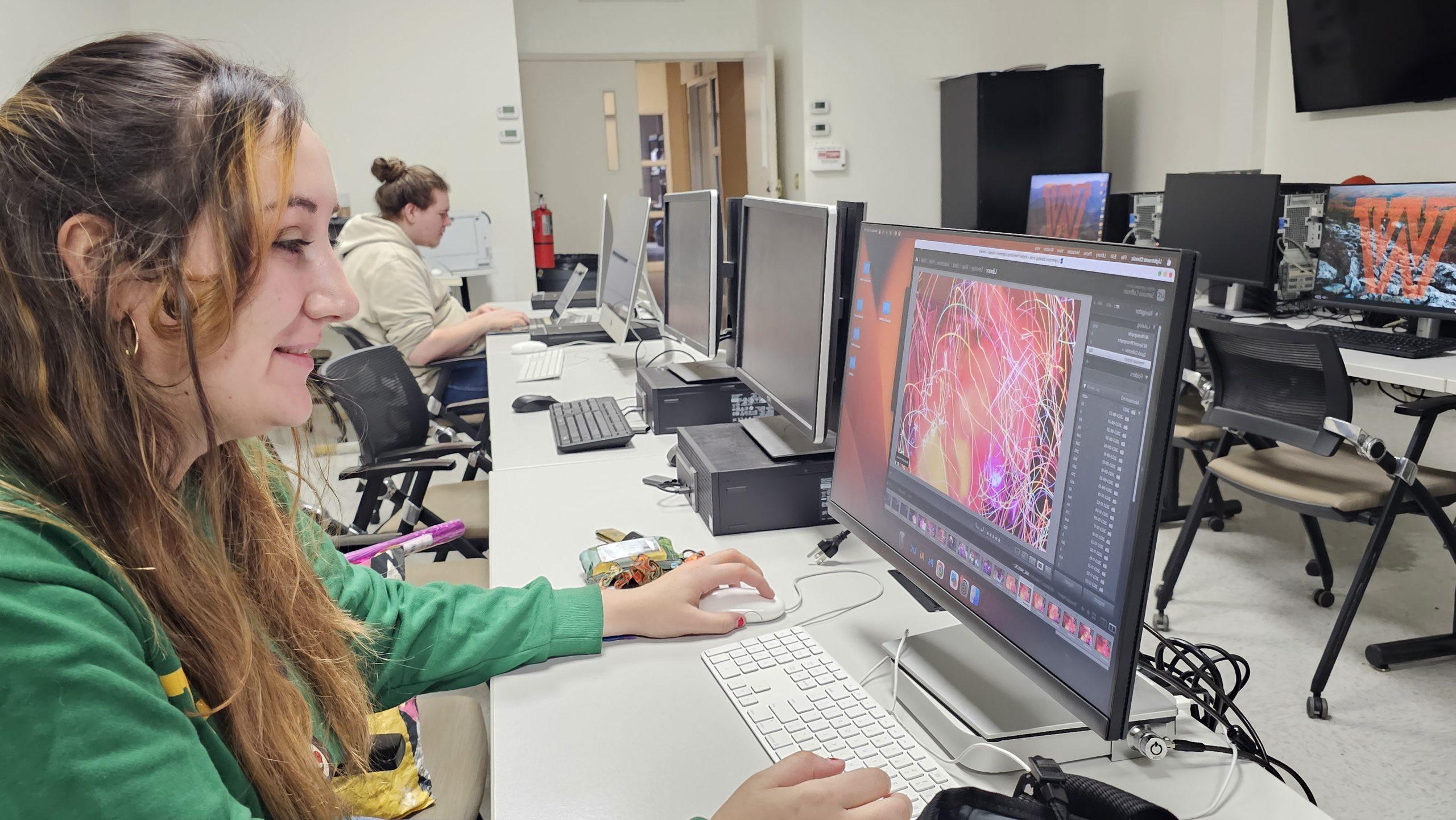
-
Biology & Environmental Science

-
Business

-
Chemistry & Biochemistry
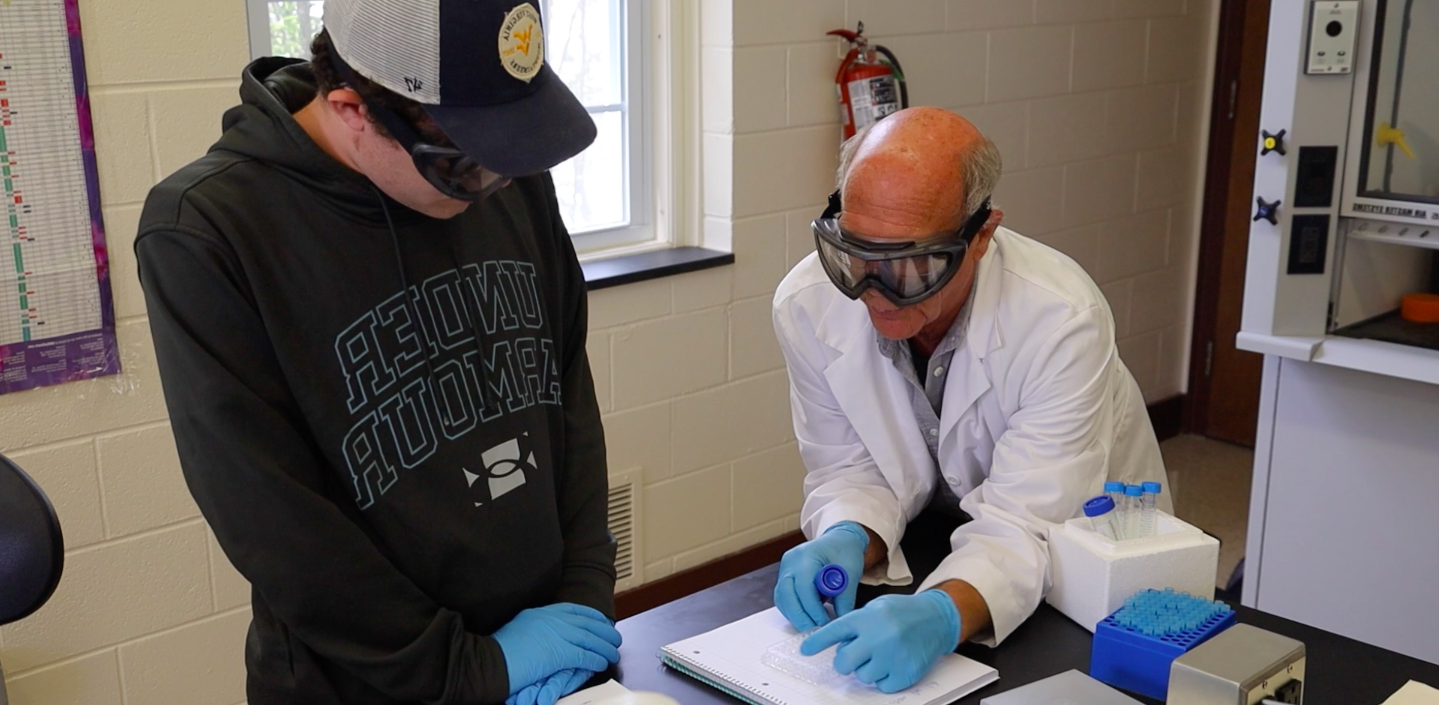
-
Communication & Media
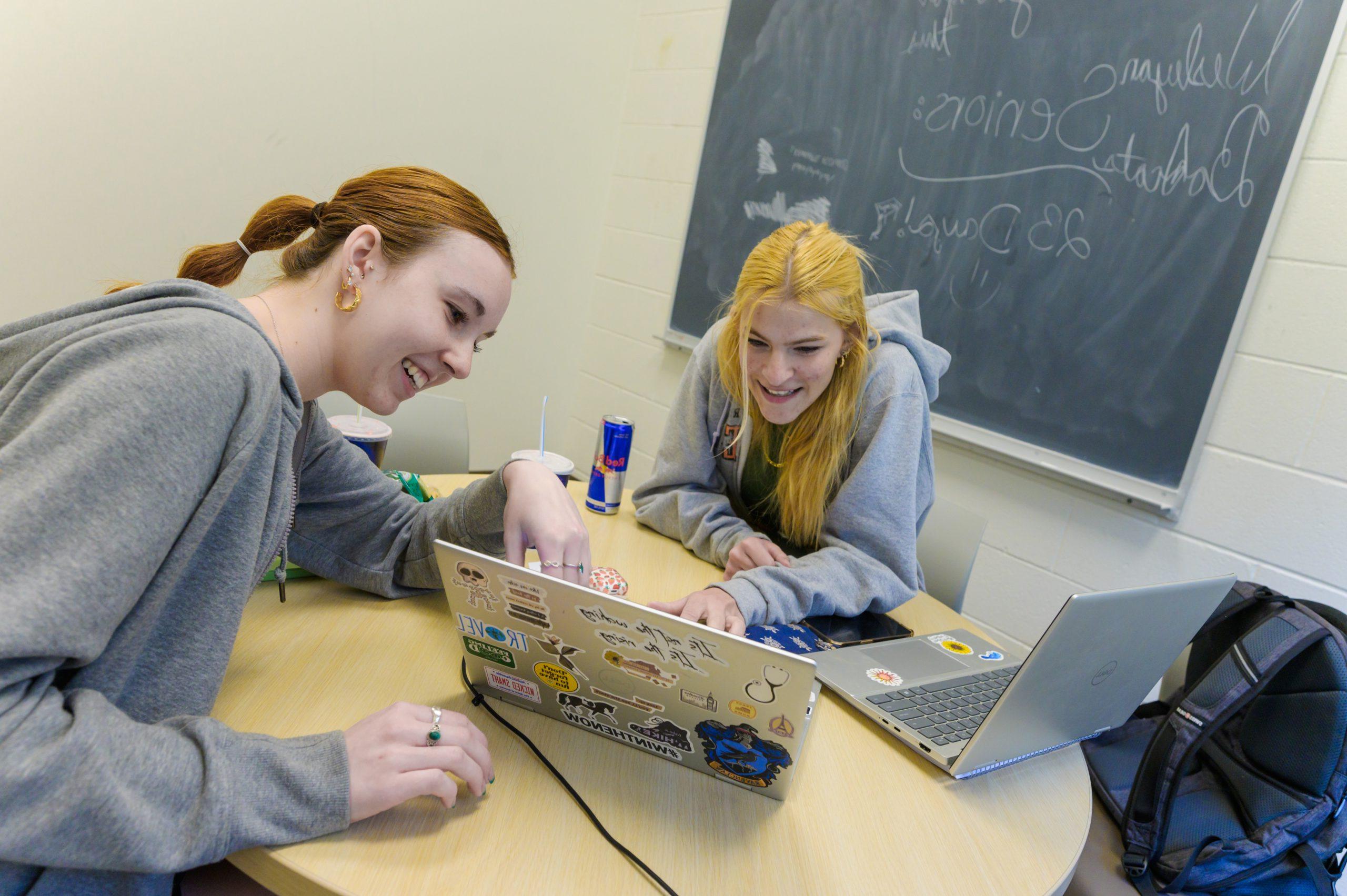
-
Education

-
English

-
Exercise Science & Athletic Training

-
Health Sciences
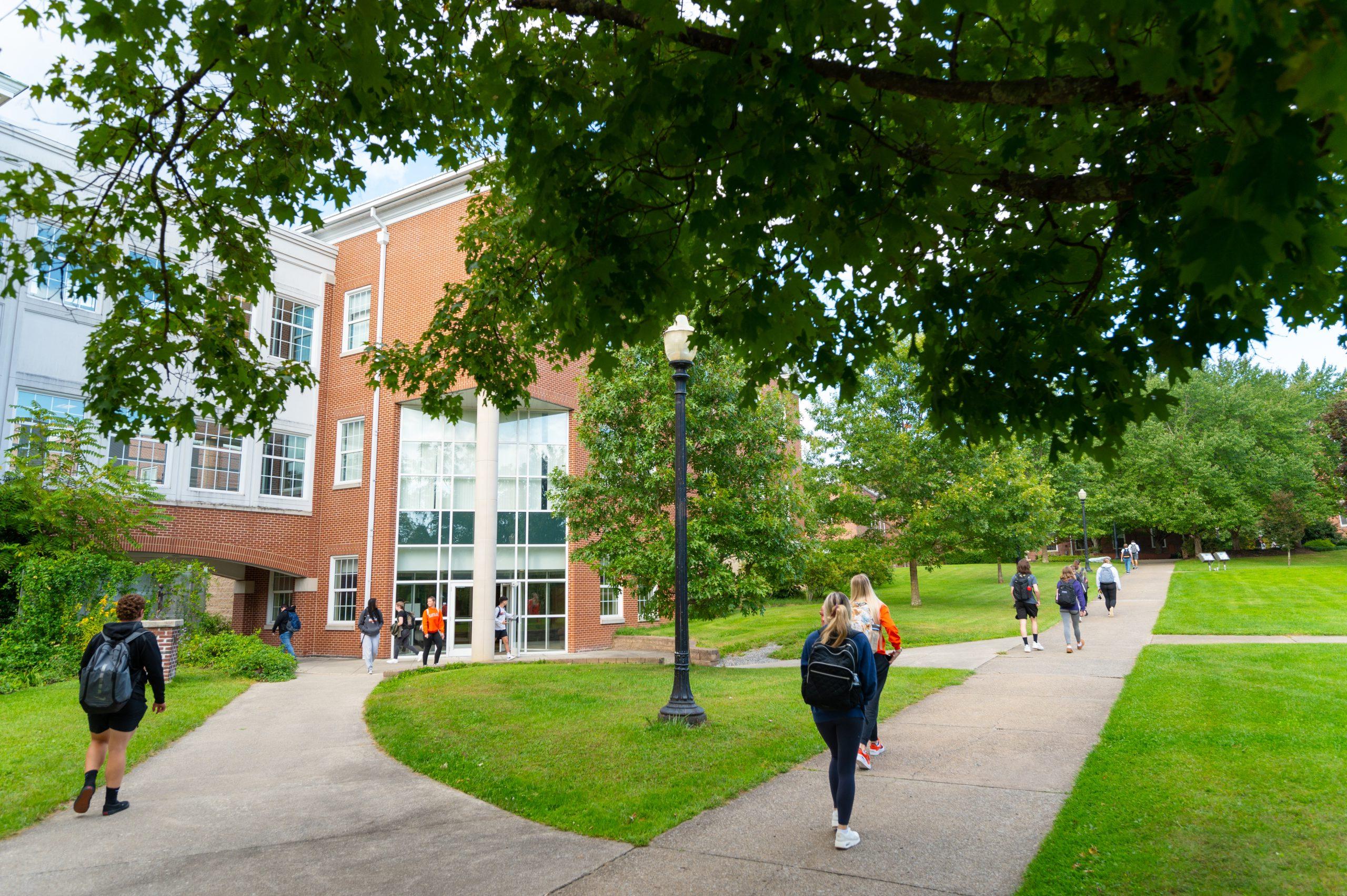
-
History and International Studies

-
Mathematics & Computer Science

-
Music
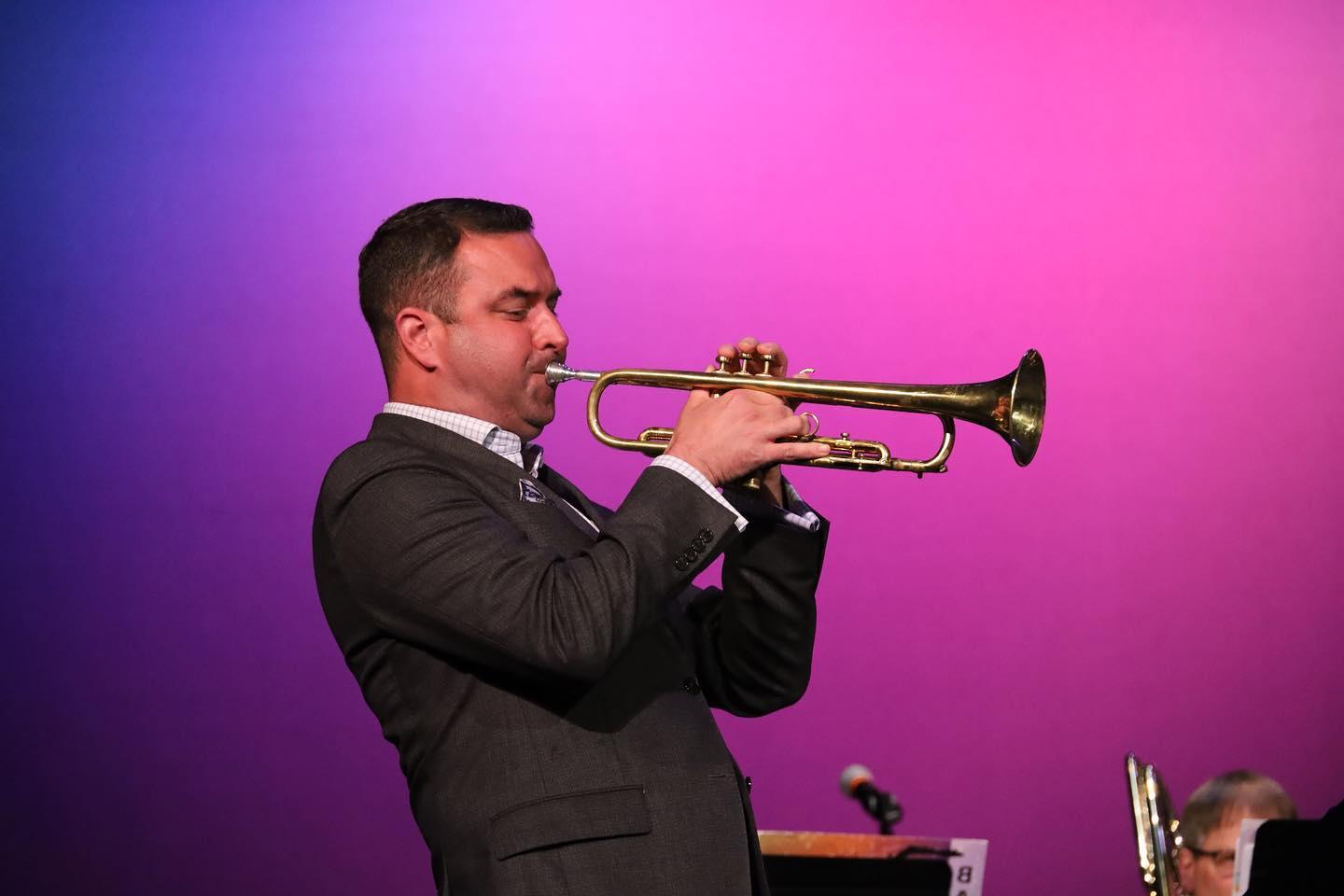
-
Nursing

-
Philosophy and Religious Studies
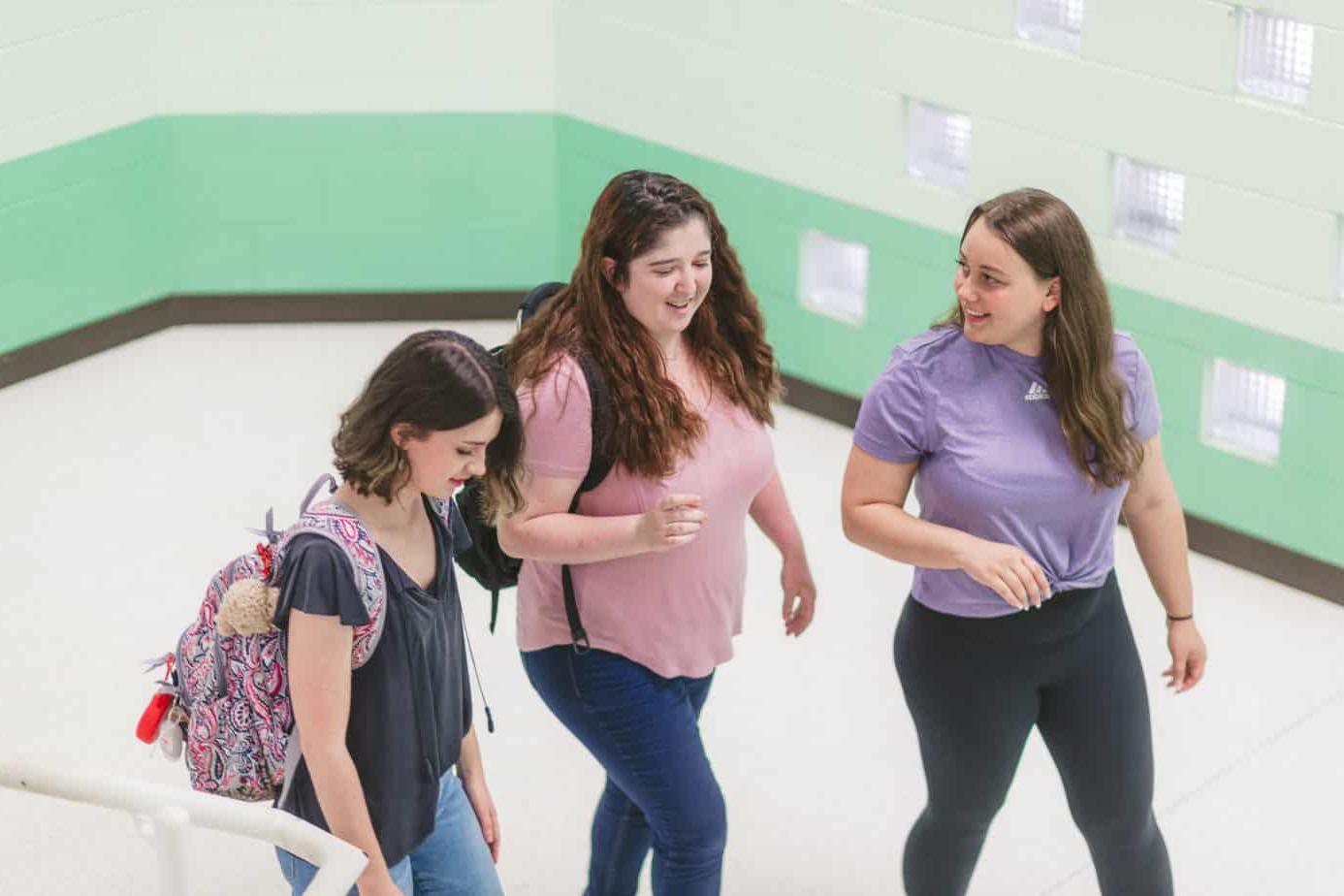
-
Physics & Engineering

-
Psychology
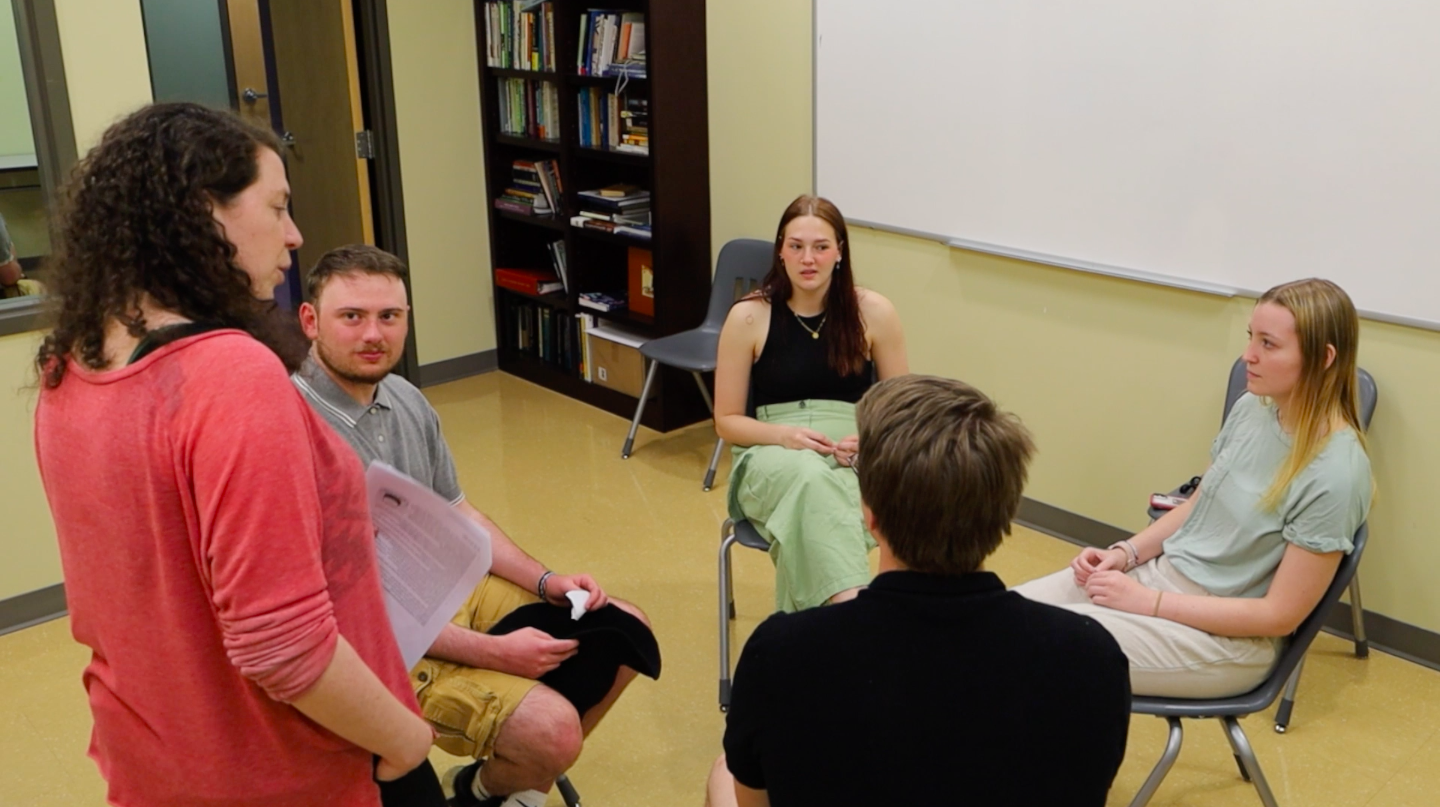
-
Social Sciences
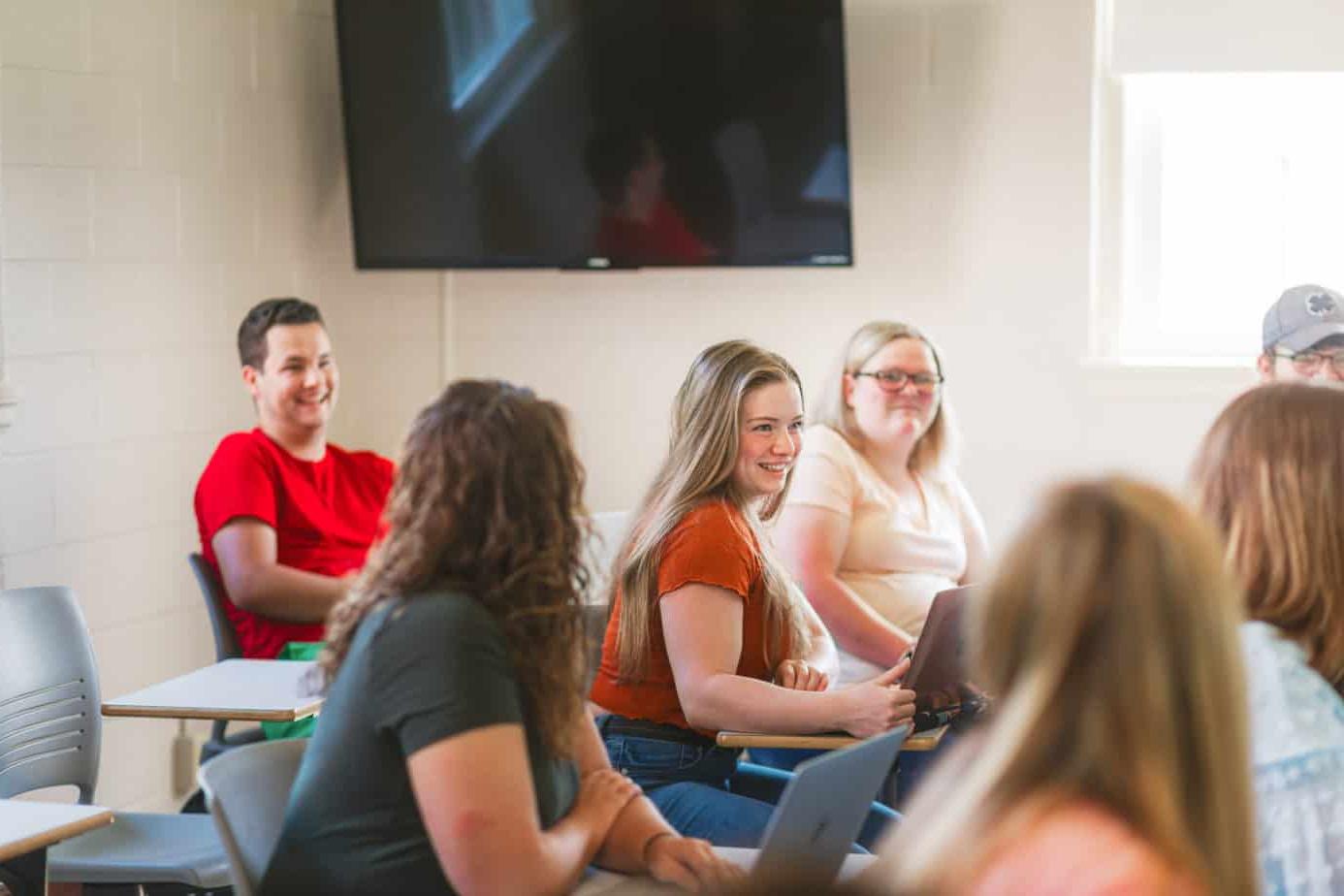
-
Theatre and Dance Department


